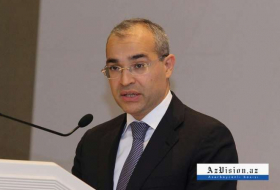China rate cut unlikely to halt slowdown, say analysts

After a series of targeted stimulus measures earlier this year that largely failed to lower real borrowing costs, the latest move shifts the dial another notch towards easing.
“This really isn’t a change in the direction of monetary policy, so it’s hard to give a reaction that can shake heaven and earth,” Wu Jinglian, a senior government economist who has advised Chinese presidents dating back to Deng Xiaoping, said at a conference on Saturday.
Economists say the rate cut will help lower costs for mortgages and high-rated corporate borrowers but cannot reverse the decline in investment and factory output – key drivers of the economy – unless it is coupled with official directives to increase loan volumes.
Central bank data show overall credit growth through the first 10 months of 2014 is running Rmb1.27tn ($207bn) behind last year’s pace.
Analysts have debated whether the decline is due mainly to intentional efforts by the PBoC to rein in debt, slack credit demand from corporate borrowers faced with declining sales, or risk aversion by financial institutions worried over rising bad loans.
Whatever the reason, there is little sign that the PBoC is prepared to pressure banks to aggressively push loans out the door.
“Given the government’s stated intention to focus on long-term structural issues, in terms of growth, we suspect that policies will likely remain behind the curve,” David Cui, equity strategist at Bank of America Merrill Lynch, wrote in a note on Monday.
“The risk to this assessment is if, contrary to our expectation, the government announces more cuts and/or other major growth boosting measures reasonably soon.”
The impact of the rate cut could be further softened by banks’ unwillingness to drop lending rates in line with the PBoC’s new benchmark, which is not binding on lenders.
The PBoC paired its rate cut with a parallel move doubling lenders’ margin of flexibility to offer higher deposit rates above the official benchmark. That could leave effective deposit rates largely unchanged, as the impact of the lower benchmark is cancelled out by the wider flexibility banks have to exceed it.
For one-year deposits, the benchmark rate was lowered from 3 per cent to 2.75 per cent. But a 20 per cent margin above the new rate, equal to 3.3 per cent, is identical to the 10 per cent margin permitted above the previous, lower rate.
With their funding costs largely unchanged, banks will have an incentive to keep loan rates high in an attempt to preserve margins.
In the initial days following the cut smaller banks have moved first to take advantage of the new freedom on deposit rates. But larger banks are likely to follow suit eventually, analysts say, meaning effective deposit rates could remain largely unchanged in spite of the lower benchmark.
“Our bank adjusted its own benchmarks in line with the central bank but hasn’t issued new rules on how actual loan rates should float above or below. For now we’ll keep using the old guidelines,” said a client manager at Bank of China in Shanghai.















































